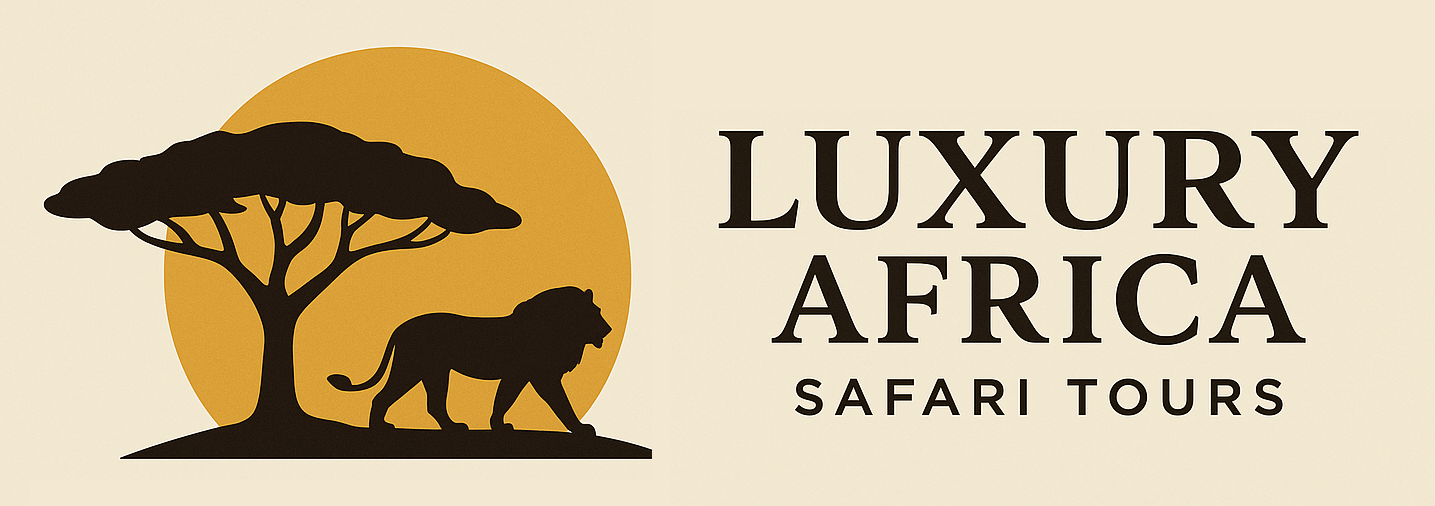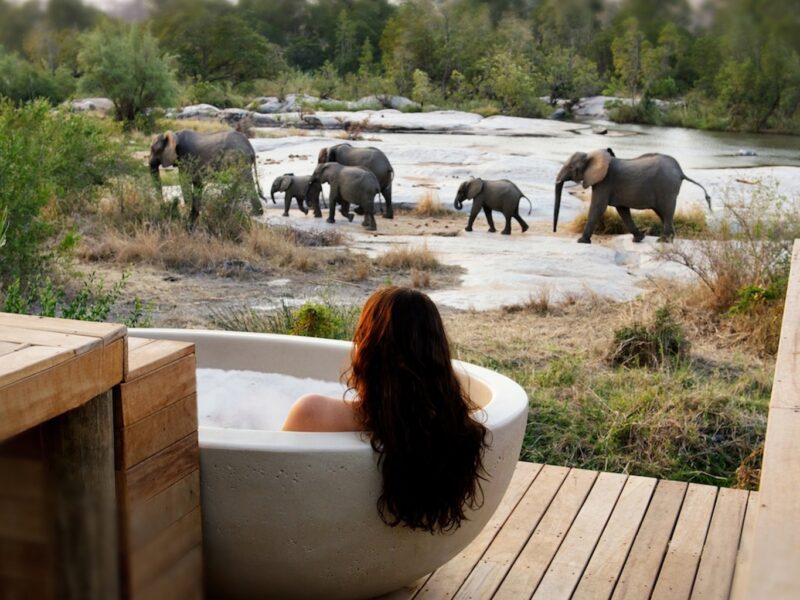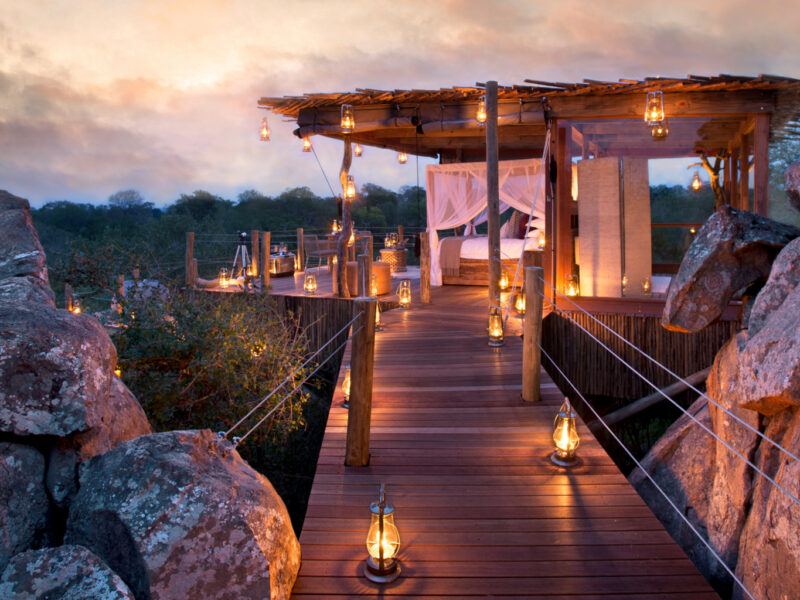A Guide to the Serengeti Great Migration in August
In August, the Serengeti pulses with energy, danger, and the age-old rhythm of movement. It’s a month when survival and instinct take center stage, and every riverbank becomes a theatre of life and death.
August is one of the most thrilling and action-packed months to witness the Serengeti Great Migration. By this time, hundreds of thousands of wildebeest, zebras, and gazelles have reached the northern Serengeti, particularly the Kogatende and Lamai Wedge regions, and are frequently crossing the Mara River into Kenya’s Masai Mara. These crossings are not only dramatic and chaotic but also incredibly moving—each one a desperate bid for survival as the herds face steep riverbanks, surging currents, and ambushes from massive Nile crocodiles. The spectacle of nature at its most raw and unfiltered draws safari enthusiasts from all corners of the world.
Prime Time for Mara River Crossings
The crossings in August are unpredictable and intense. At times, thousands of wildebeest surge into the river all at once; at others, herds gather nervously on the banks, only to retreat after hours of hesitation. The most famous crossing points—like those near Kogatende and Lamai—become focal spots for safari drives. Every successful crossing is a triumph, while every stumble or ambush becomes part of the raw reality that defines this powerful chapter in the migration. These moments, full of tension and emotion, are what many travelers dream of when they think of an African safari.
Predator and Wildlife Encounters
The northern Serengeti is teeming with predators in August. Lions, leopards, cheetahs, hyenas, and crocodiles are on high alert, exploiting the density and vulnerability of the migrating herds. Visitors can expect to witness extraordinary predator-prey interactions during this time—ambushes near rivers, stalks across open plains, and dramatic chases through the bush. The area’s relative remoteness, especially on the Tanzanian side, allows for excellent wildlife viewing with fewer vehicles than in the more crowded Masai Mara.
Dry Season Conditions and Visibility
August falls well into the dry season, which means the grasses are short and the visibility is exceptional. This makes it easier to spot wildlife, especially big cats and elusive predators. The landscape is dominated by golden plains, scattered acacia trees, and dusty paths that add to the classic African safari atmosphere. The cool mornings and evenings are perfect for early game drives and bush breakfasts, while the midday warmth invites a relaxed pace at your safari camp.
A Peak Month Worth the Planning
Because of the unparalleled opportunity to witness the Mara River crossings and the abundance of wildlife, August is considered one of the peak months for a Serengeti safari. Lodges and camps, especially in the northern Serengeti, tend to book up well in advance, and safari travelers are advised to plan early. While it’s a busy month, the scale of the wilderness and the spread of the herds ensure that the experience remains deeply immersive and unforgettable.




